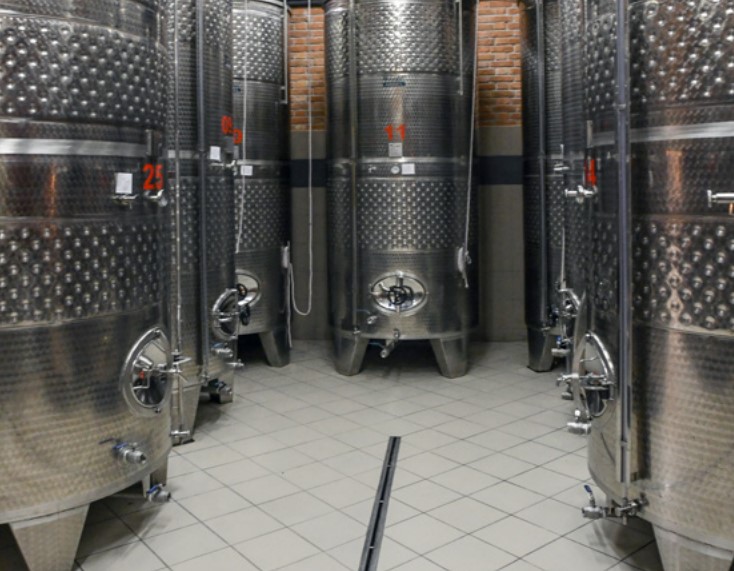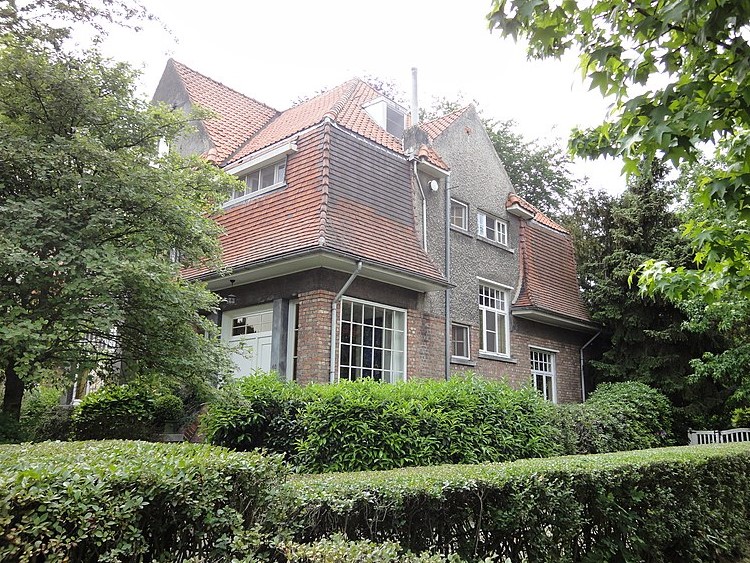Stainless Steel Wine Tanks play a crucial role in enhancing the winemaking process, particularly in fermentation, maturation, and storage. Customers appreciate the added and retained value of these barrels, attributing it to the purity of the delivered product, sustainability, and long-term cost savings.

Impermeable Design for Maturation Efficiency
The unique design of Stainless Steel Wine Barrels sets them apart by being virtually impermeable to water and alcohol vapor. This characteristic eliminates issues like leaking and the regular topping requirements associated with oak barrel maturation, ensuring a more efficient and controlled winemaking process.
Durable Wine Making Barrels for Longevity
Stainless Steel emerges as the top choice for durable wine making barrels. While traditional oak barrels may last for generations, their practical use for winemakers is limited to three to five years. Moreover, the flavor impact of oak diminishes each year. Stainless Steel Barrels, on the other hand, prove to be portable, reusable, virtually indestructible, and easy to maintain, allowing for infinite reuse and minimizing waste in the winemaking process.
Economic Advantage of Stainless Steel Barrels
In an era of tightening economic constraints in winemaking, the industry is turning to stainless steel tanks and barrels. When winemakers require a specific “oakiness,” they opt for stainless steel alongside oak alternatives like chips, chunks, or planks. The economics of stainless steel barrels become increasingly compelling, with costs significantly lower than traditional oak barrels. Stainless Steel Barrels are not only cost-effective but also 100% reusable, recyclable, and consistently contribute to a lower per-bottle cost, making them a sensible choice for winemakers seeking economic efficiency and sustainability.
Controlling Oxidation with Stainless Steel Precision
Oxidation, the nemesis of every winemaker, poses a significant threat to the character of wine. The presence of air in the head spaces of aging containers can irreversibly harm the wine. The impervious structure of stainless steel provides meticulous control over the wine’s exposure to oxygen, ensuring protection against oxidation. Modern micro-oxygenation techniques offer a controlled way to introduce oxygen when needed, offering a sophisticated solution to combat the detrimental effects of oxidation.
Preventing Evaporation: A Vital Consideration
Improperly stored wine in oak barrels faces a substantial risk of losing over 14% of its volume in just three years due to evaporation. To safeguard the wine’s integrity, it becomes crucial to adopt processing techniques that effectively prevent evaporation. Stainless steel wine barrels emerge as a reliable solution, as their impermeable nature eliminates the risk of evaporation, making them an ideal choice for maintaining the volume and character of aging wines.
Innovative Solution for Experimental Profiling
Stainless steel wine barrels not only excel in preserving wine but also serve as an ideal vessel for experimenting with flavors. Especially valuable for those seeking a more fruit-forward profile, stainless steel’s neutrality ensures it has no influence on the primary factors affecting wine taste – the grape itself, the growing climate, “terroir,” and the winemaking process. Winemakers can use stainless steel barrels for experimentation, providing ample space to explore and develop new complexities of flavors without external influences.


